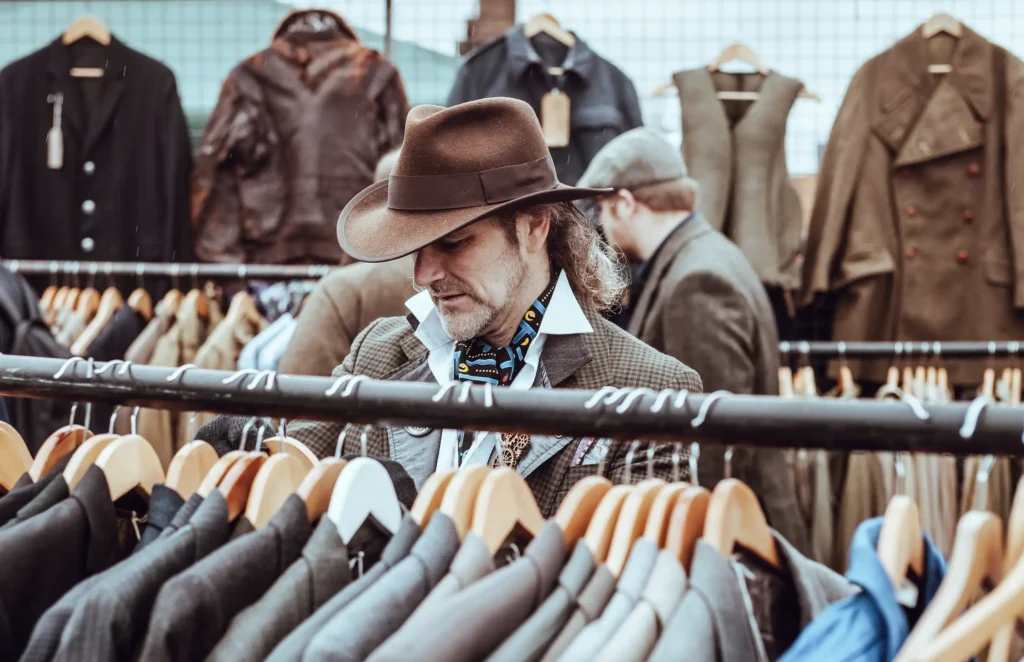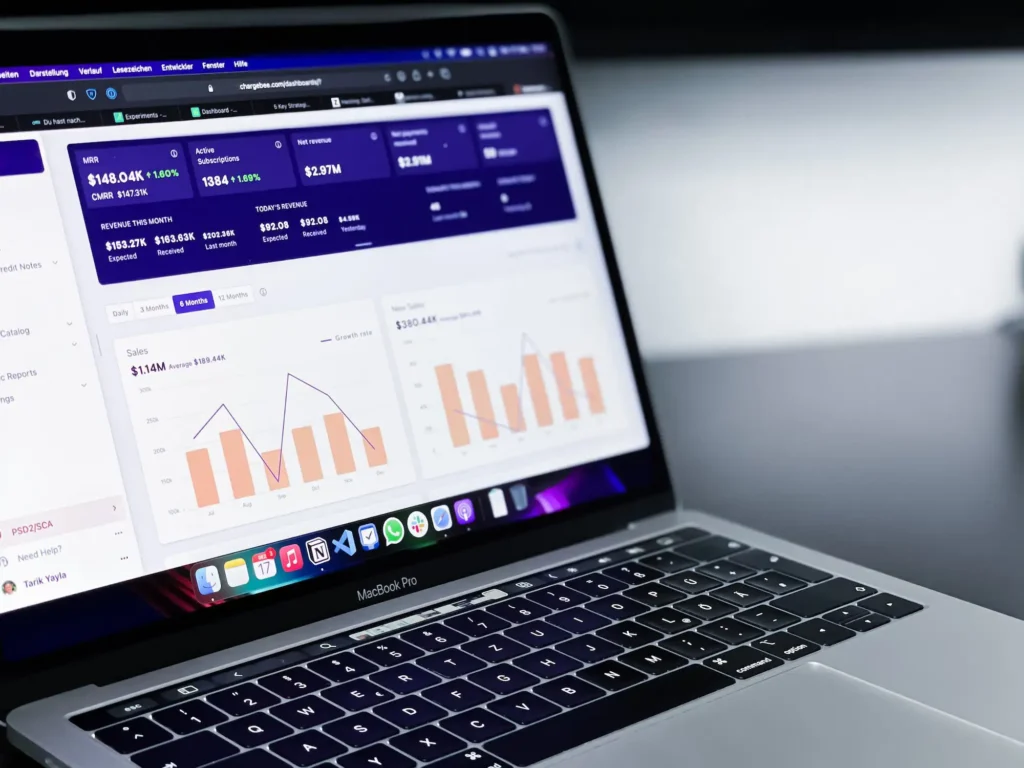Summary
- Fashion designers can use data to understand customers, make smarter decisions, and choose aesthetic options.
- Data science offers predictability and certainty in navigating the evolving fashion market.
- Investment in analytics allows merchants to focus on creativity and improve decision-making and profitability.
- Data science helps identify trends, patterns, and customer preferences for better decision-making.
- Infusing technology into creative services and businesses enhances the merchandise experience and personalization.
The retail world is a combination of art and science. Ten years ago, founded by an apparel designer and tech developer, EDITED came to be. The apparel designer felt decisions were only gut-based and felt the frustrations of having no insights into what was driving profit. Without quick benchmarks, she lacked visibility of what other retailers were doing. Through a chance meeting with a tech developer, they saw an opportunity to revolutionize how decisions are made, across retail, with data insights.
The Application of Data Science for Designers and Creative Roles
Fashion United recently posted an article exploring the application of data insights for fashion design and the need for data and fashion “to work together explaining data can be used by fashion designers to better know their customers, to help them in their creative process, to make smarter decisions based on real-time trends, and/or even choosing a different aesthetic option.”Designers will always have tricky conversations with the commercial sides of the business to justify their creative decisions.
McKinsey and Co. recently stated in their State of Fashion Technology report, ‘One of the few certainties in fashion is that nothing stays the same, and the opportunities offered by technology are continuing to evolve as some markets look to move beyond the challenges posed by the COVID-19 pandemic. The task for fashion decision-makers is to consider how to harness technology to creativity, streamline operations, and create value from innovation that can be sustained in the years ahead.” However, by looking at both historical data patterns alongside current data, such as top retail trends, data science can offer a degree of certainty to help navigate and provide a level of predictability.
For the modern merchant, McKinsey and Co. also stated investment in analytics as one of the six strategic priorities for modern merchant leaders, enabling merchants to focus on the ‘art’. The use of applied ‘analytics to support the day-to-day foundation of merchandising functions is critical to speed up and improve the quality of decision making and to boost profitability. By integrating data and analytics into operations, merchants can dedicate more time to tasks that require thought, creativity, and a deeper, more human understanding of products and the consumer.’
Data science can also give you confidence in your creativity by creating a framework for understanding and evaluating your work. By collecting and analyzing data, you can gain insights into what works in your assortments and what doesn’t, and you can use these insights to make adjustments to your collections, or to items that have a higher likelihood of delivering success for yourself and your team. This evolves the creative process from an emotive or feeling approach to an applied customer centric approach backed by insights.
Getting Started With Data Science
Michael Ross, Chief Retail Scientist at EDITED co-authored a book and explained in an interview with McKinsey that “not all customers are created equal.” For example, as you start to look at auditing your current customer base in terms of value, you can start to understand the benefits of applied data science to your entire business.
When you start from a customer centric perspective, you can start looking at the types of items and assortments your top high value customers purchase. This will in turn enable creative designers to focus on producing new collections or improve existing ones with focus and an idea of what will appeal to a higher value consumer and, in return, increase the likelihood of increased profitability and return on investment.
Many retailers rely on retail industry reports for trend forecasting and analytics, but also need to make data-backed design trends and facts. Looking at assortments that have sold well and actually sell rather than simply trending, designers can build confidence, which leads to better synergy with other departments. This can also serve to build credibility for creative services within brands through the following examples:
- Data science can help you to identify top trends and patterns.
By analyzing data, you can identify top trends and patterns in your work. Data can help you answer questions such as, what fashion colors make up the biggest proportion of a competitor’s new assortment? What key retail trends are leading brands and retailers investing in this or next season? Understanding what is and isn’t working can provide you with direction for new ideas or focus for your collections.
- Data science can help you to test your ideas or measure the impact of your work.
Clarity on which of your assortments and items are working and can help you improve future releases. For example, designs via capsule collections or limited edition products. If successful, these can offer an opportunity and a stronger case to invest further in your future assortments. By measuring the impact of your work, you can see how your work is affecting others. Gain confidence in your creativity because you will know your work is making a difference. Data can be applied to create new products and services that customers want.
How do Brands and Retailers Win by Infusing Technology Into Their Creative Services and Businesses?
Retail is a perfect blend of art and science. The best retailers really understand their consumers and the strengths of the products or services they offer that make them unique. By understanding customer behavior, and using data to improve products, services, and marketing campaigns, brands and retailers can increase sales and improve customer satisfaction across the merchandise experience. You can read more about what the Merchandising Experience is here.
You can get the whole story by investing in retail intelligence, the world’s most innovative brands and retailers drive better results with fast, AI-driven analytics across pricing, assortment, product sorting, customer preferences and more.
Using Data To Create Personalized Experiences
By understanding customer behavior, retailers can use data to create personalized experiences. For example, a retailer can use data to recommend products that customers are likely more interested in. Or, a retailer can use data to create a personalized shopping experience for each customer by infusing technology into their consumer purchase cycle.
Use Technology To Create Immersive Experiences
Retailers can use virtual reality to allow customers to try on clothes or furniture in a virtual store. Many retailers are also exploring examples such as personalized stylist services for example. Or, a retailer can use augmented reality to enable customers to see how products could look in their own homes.
By combining data science and art, retailers can create unique, memorable and personalized consumer experiences. This can help retailers to attract new customers and to build loyalty with existing customers.
Art and Data Science 2.0 – A Balance
Unless you’ve purposefully avoided all forms of media recently, you will be familiar with the recent imposition of AI in all corners of the creative fields. From NFTs to digital art, AI has been flooding digital channels and services recently. This has even resulted in dubious award winning results, such as the German artist who wona prestigious award for his photography competition entry The question is, how far will AI go in the world of retail?
A recent Forbes article described 2023 as “shaping up to be the year of AI,” and, quoting International Data Corporation, expects “retail to invest more in AI technology than any other sector except finance. Between them, the two industries will account for roughly one-quarter of worldwide AI investment, set to reach $300 billion by 2026. Furthermore, in a recent Coresight Research study, 60% of brands and retailers plan to invest in AI to automate visual product content.”
Notably, Forbes summarized that there will always be a need to balance art and science with the best brands, understanding that selling is more than a science and is in fact an art in itself. While AI can help automate and optimize processes and decisions, it is the art of individuals and the creativity of people that provides brands and retailers with unique personalities and narratives that consumers buy into. McKinsey also highlighted two actions that merchants should take with data to enable them to focus on more strategic and creative tasks, implementing a rules-based, analytics-driven approach for pricing, promotions, and markdown decisions. Secondly, draw on a broader set of consumer, behavioral and external market data.
About EDITED
EDITED is the world’s leading AI-driven merchandising experience platform that empowers brands and retailers with real-time decision making power that drives profits and inspires customers.
We help retailers increase margins, generate more sales and drive better outcomes through AI-driven Market and Enterprise Intelligence to fuel Automation. By connecting business analytics and external market data, retail’s most successful brands and retailers use EDITED’s Platform to get closer to their best customers and future-proof their business.







